July and August in the Whitefeather Forest were particularly difficult months during this 2025 fire season, which is the second worst nationally in recent history after 2023. Fires in the WF region summed to over 60,000 hectares with RED062 (33,000 hectares) less than 15 kilometers from the Pikangikum reserve. Chief Paddy Peters called a State of Emergency on July 10 which catalyzed a series of events including evacuations starting with individuals of high risk and their families to Sioux Lookout, Thunder Bay and Cochrane.
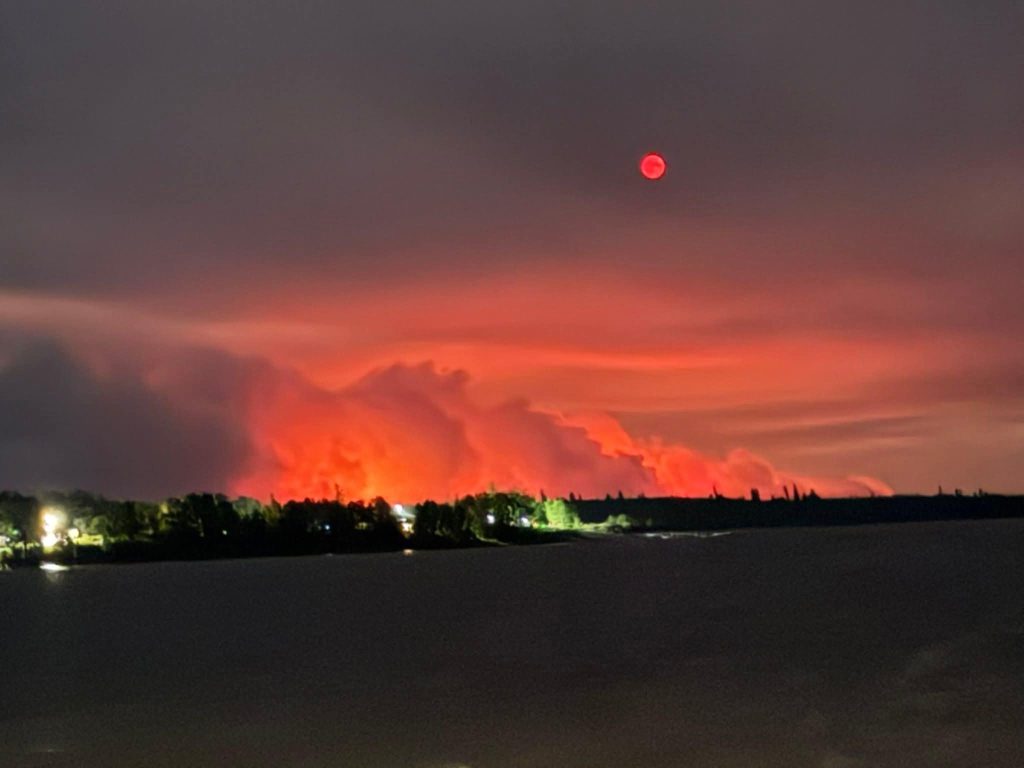
Whitefeather Forest Community Resource Management Authority (WFCRMA), in partnership with Outland-Dexterra, had planned for a crew boss training in July that was reorganized to adapt to the rapidly changing conditions on the ground. Crew bosses are firefighters with substantial experience working on fires that also demonstrate leadership qualities. Training crew bosses is a crucial step for ensuring that crews of 3-5 firefighters can be assembled and deployed to work on fires. With support from Independent First Nations Alliance (IFNA) who already had a strong on-the-ground presence in the Pikangikum community since the fire outbreak, we were able to fully recertify 6 crew bosses in the community. After their training, these individuals assisted with setting up sprinkler systems on the reserve for value protection (safeguarding structures, vehicles and other possessions in or near the community).
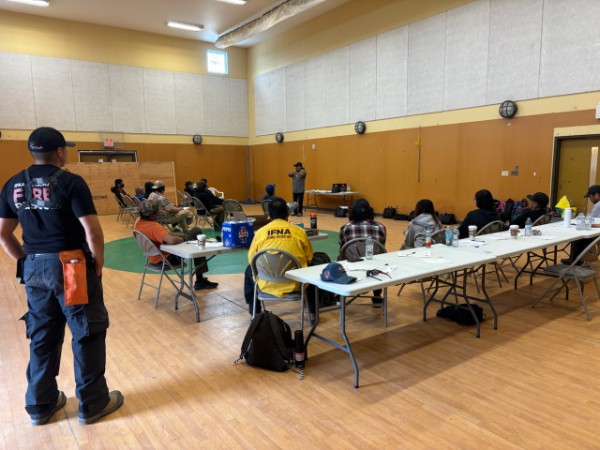
By this time, conditions had worsened with thick smoke in the community and approximately half of the community was evacuated (through organizations or self-evacuated) off the reserve. Darrell Keeper, a WFI staff member and former EFF (MNR Emergency Type-2 Firefighter), describes the situation of the community members: “they were scared, worried, frightened, scared for family members and personal property, some were in a panic state, elders and young children were in my mind to keep safe and those most vulnerable.” During a thunderstorm, lightning struck an electricity pole which led to no or limited cell service and electricity outside of personal generators. Eenchokay Birchstick school became a hub of activity with individuals gathering there to cook, store food, and get access to resources.
While this was unfolding, there was continued insistence from Chief and Council to get Pikangikum firefighters working on this fire. Through the Ministry of Natural Resources, (specifically the Aviation, Forest Fire and Emergency Services Branch) and with support from its partners, WFCRMA and Outland were able to deploy 19 firefighters in 4 Type-2 Sustained attack crews. They worked alongside the Type-1 MNR initial attack crews to mop up the edges of the fires.
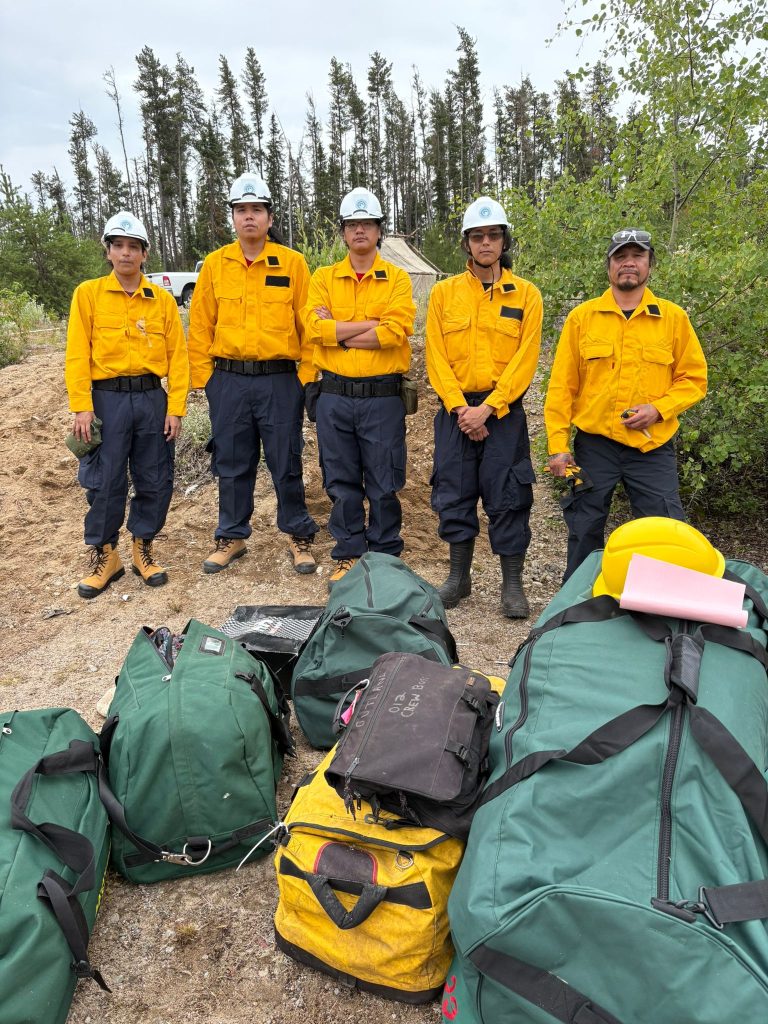
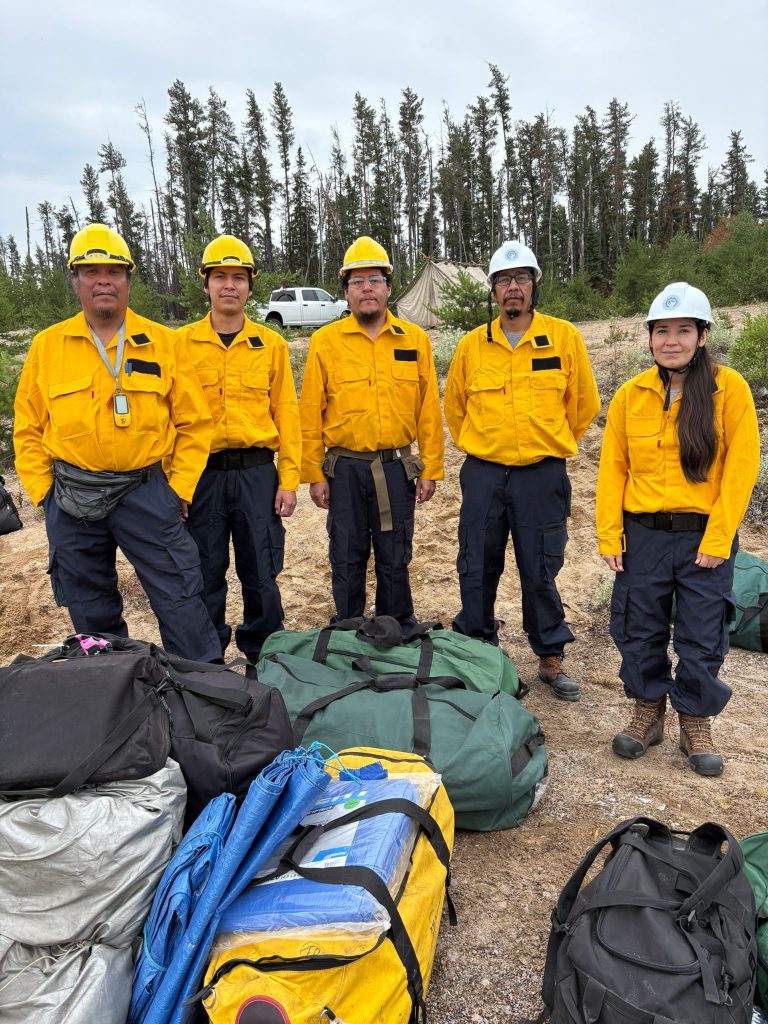
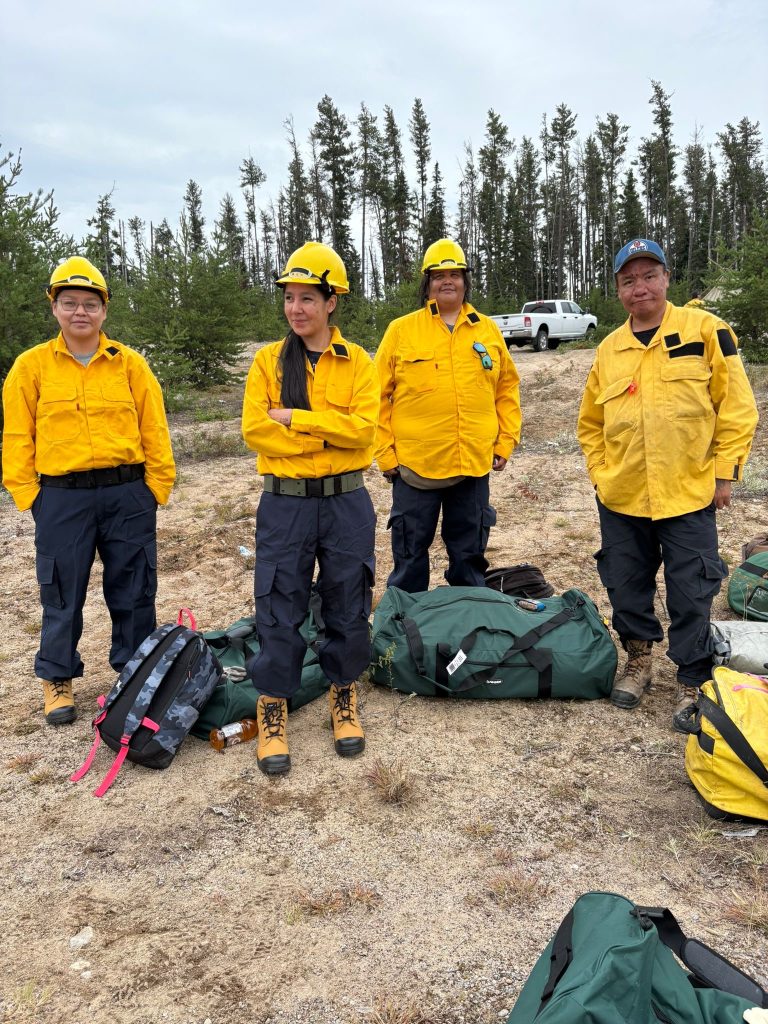
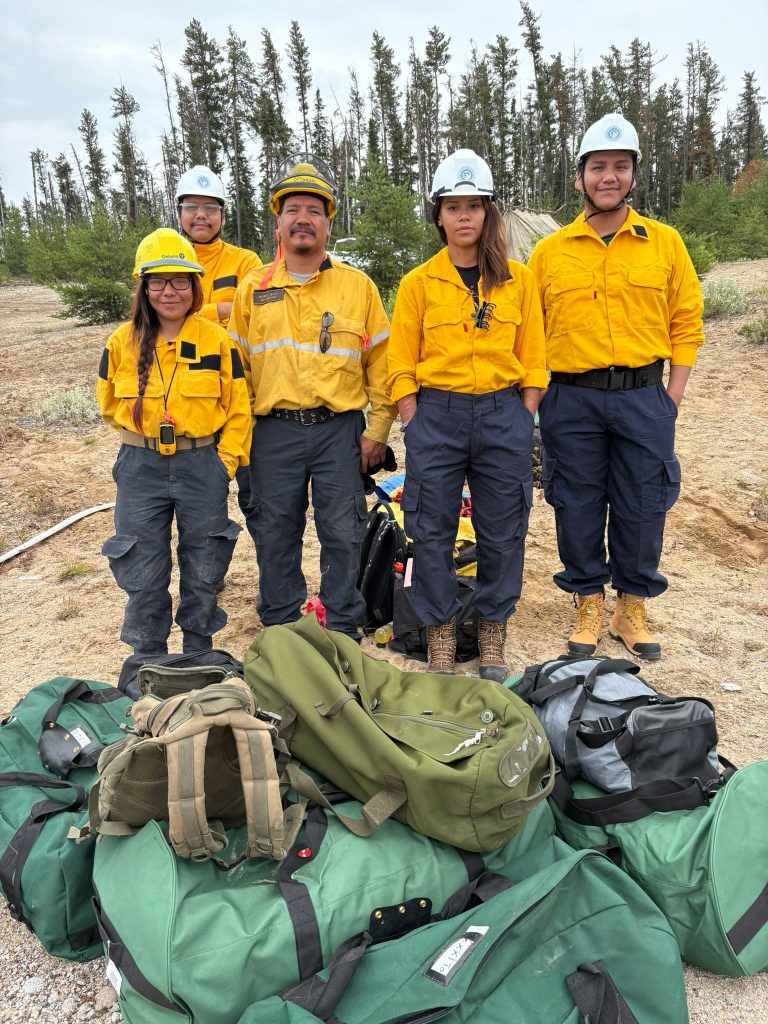
This was a great source of pride for the community to see their own firefighters on their land. As Darrell explains, “having community firefighting crews creates a state of readiness and safety for members who are not trained in this field of work. It creates knowledge for others who want to join in this type of work with friends from the firefighting crews who have experience in this type of work. It creates knowledge in bush orientation and hiking skills for members.” It is particularly important for Pikangikum members to be on the fire since they help protect many places of high value to the community. “Whitefeather has many ecological features such as traditional drumming grounds and hunting grounds, Traplines/hunting grounds/gillnetting areas [and areas of high] biodiversity,” describes Darrell.
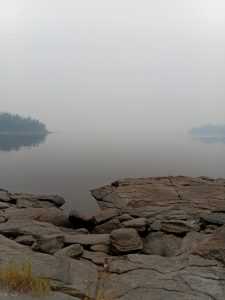
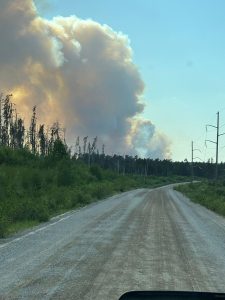
It was specifically great to see that of the 19 members deployed, 16 were trained through the Whitefeather program in some capacity this year. It was also the first resurgence in recent history that a deployment of this level with Pikangikum firefighters in their own territory was executed. To learn more about the deployment, we asked Brandon Turtle, who was trained in March earlier this year, some questions.
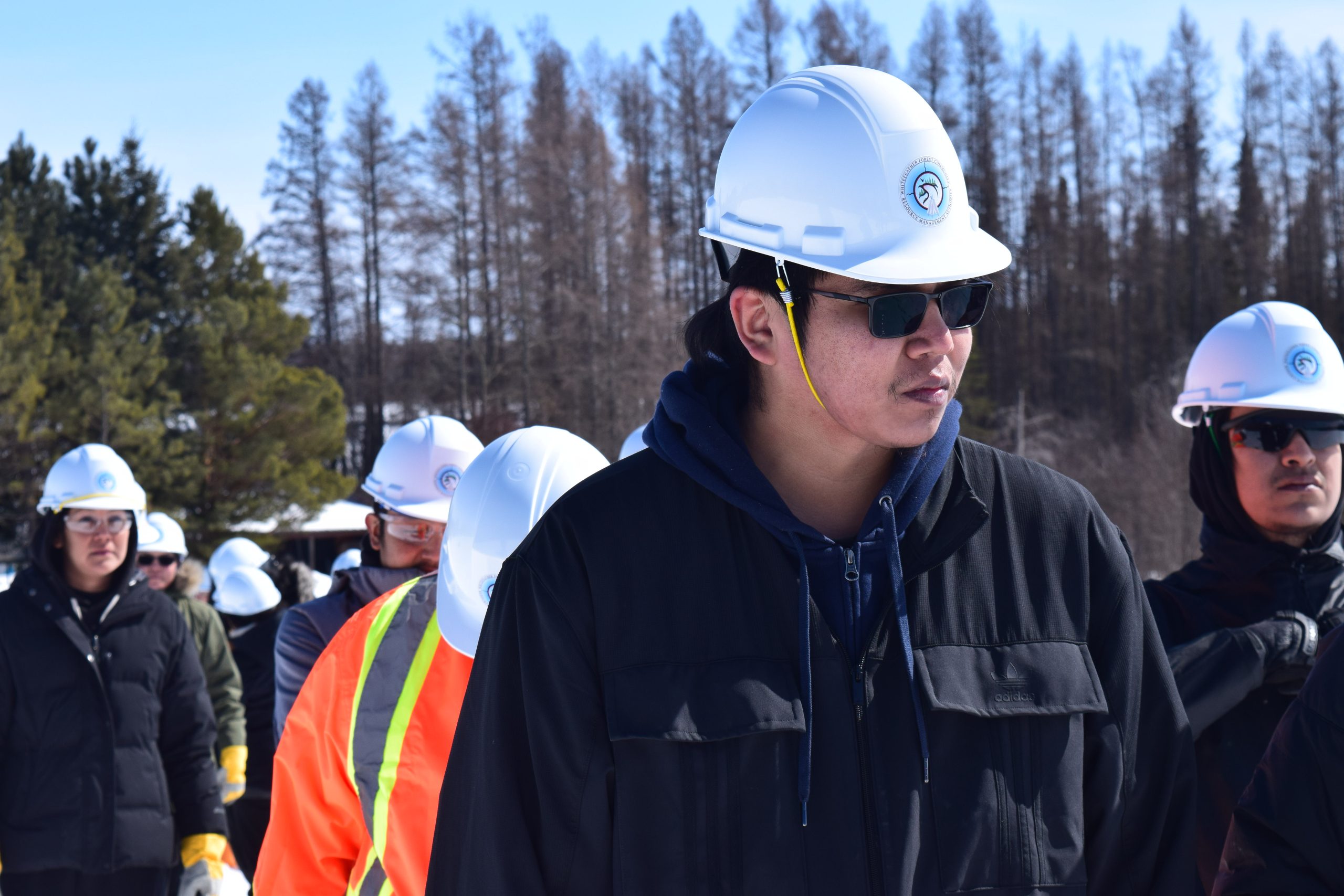
- This was your first time being a firefighter. How was that experience for you? Yes. It was my first time being a firefighter and putting out a fire, not one but two fires (also hotspots). I had fun, there were times when I wanted to quit, but I didn’t.
- Did you enjoy your time in the bush? I enjoyed every bit of it. I liked hiking and pushing myself. I got to hear stories from my crew boss from his previous deployments.
- Would you like to go out again? Of course I would like to go out again. it was awesome!
Currently, there are no active fires in the region. The successful 2-week deployment however has sparked and ignited a renewed interest and commitment from all parties to continue this collaboration such that we are better prepared and proactive once the next fire inevitably comes to the Whitefeather Forest.
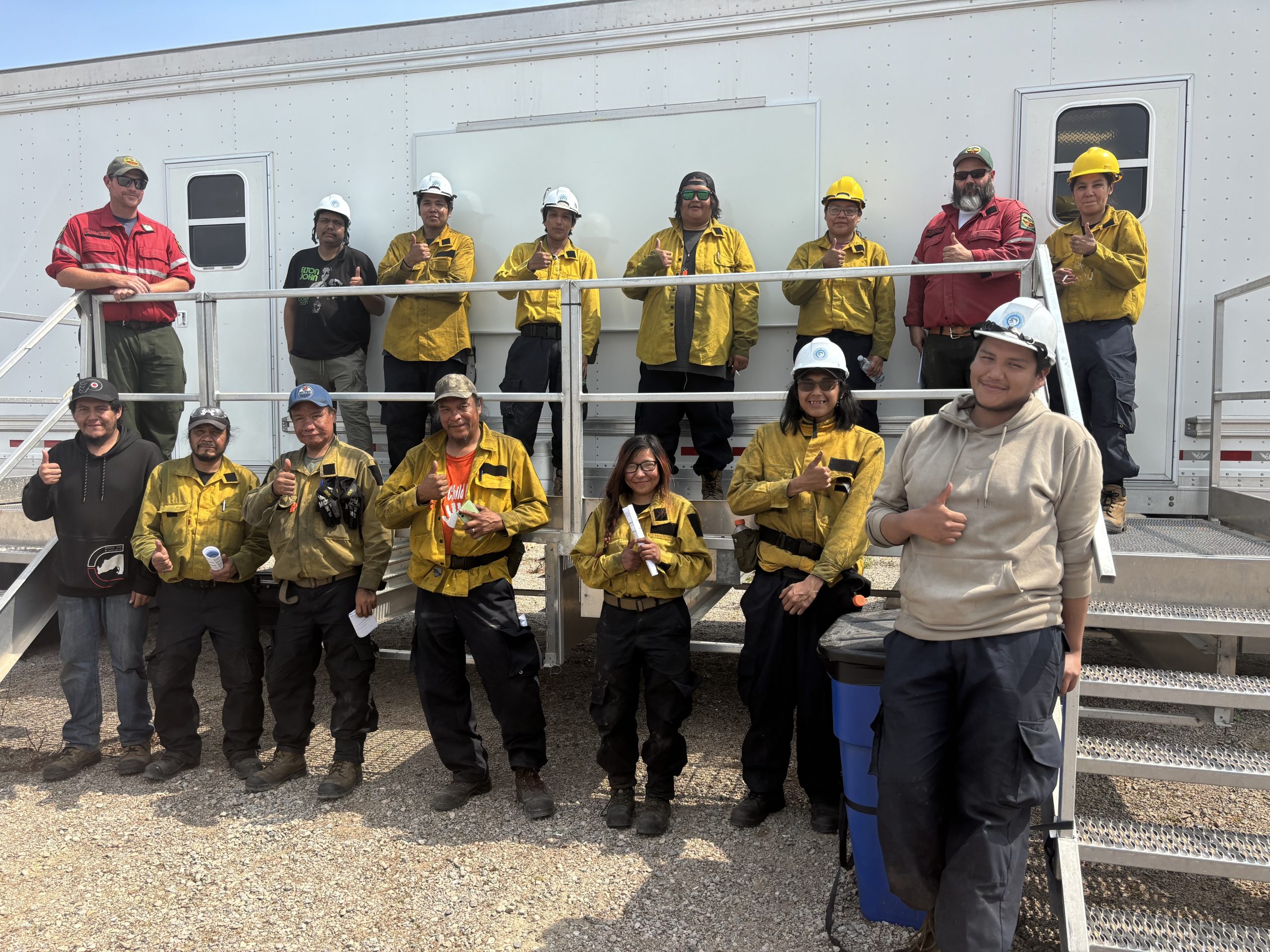

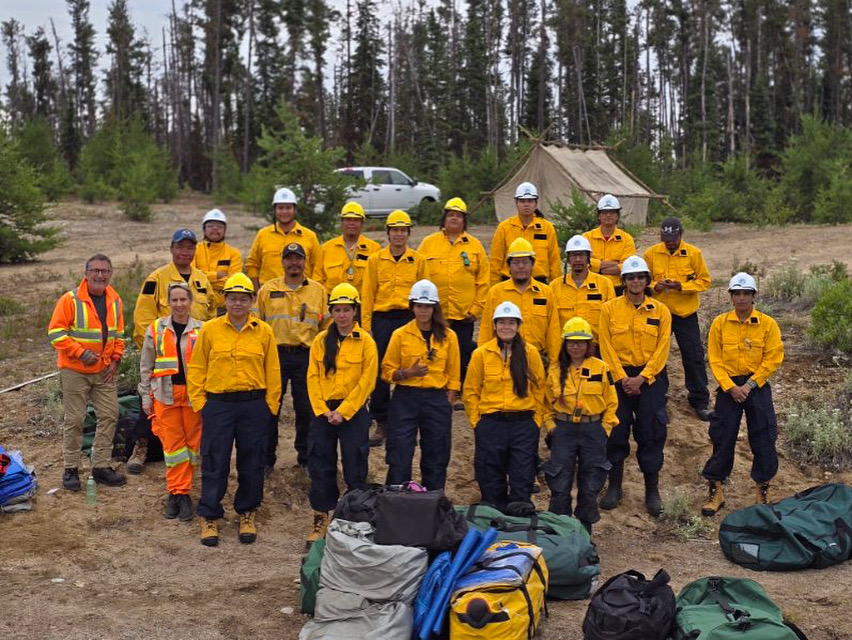

No responses yet